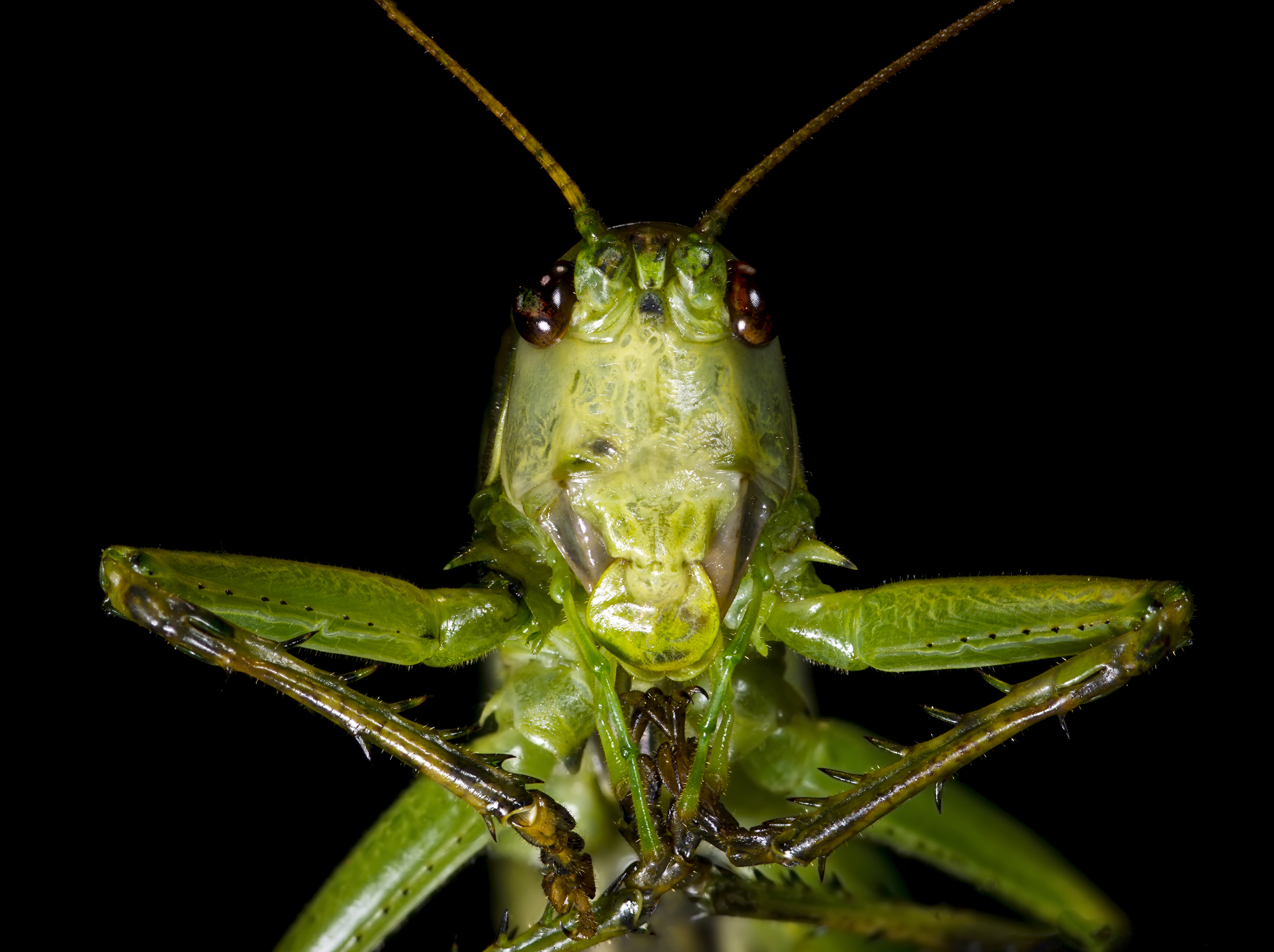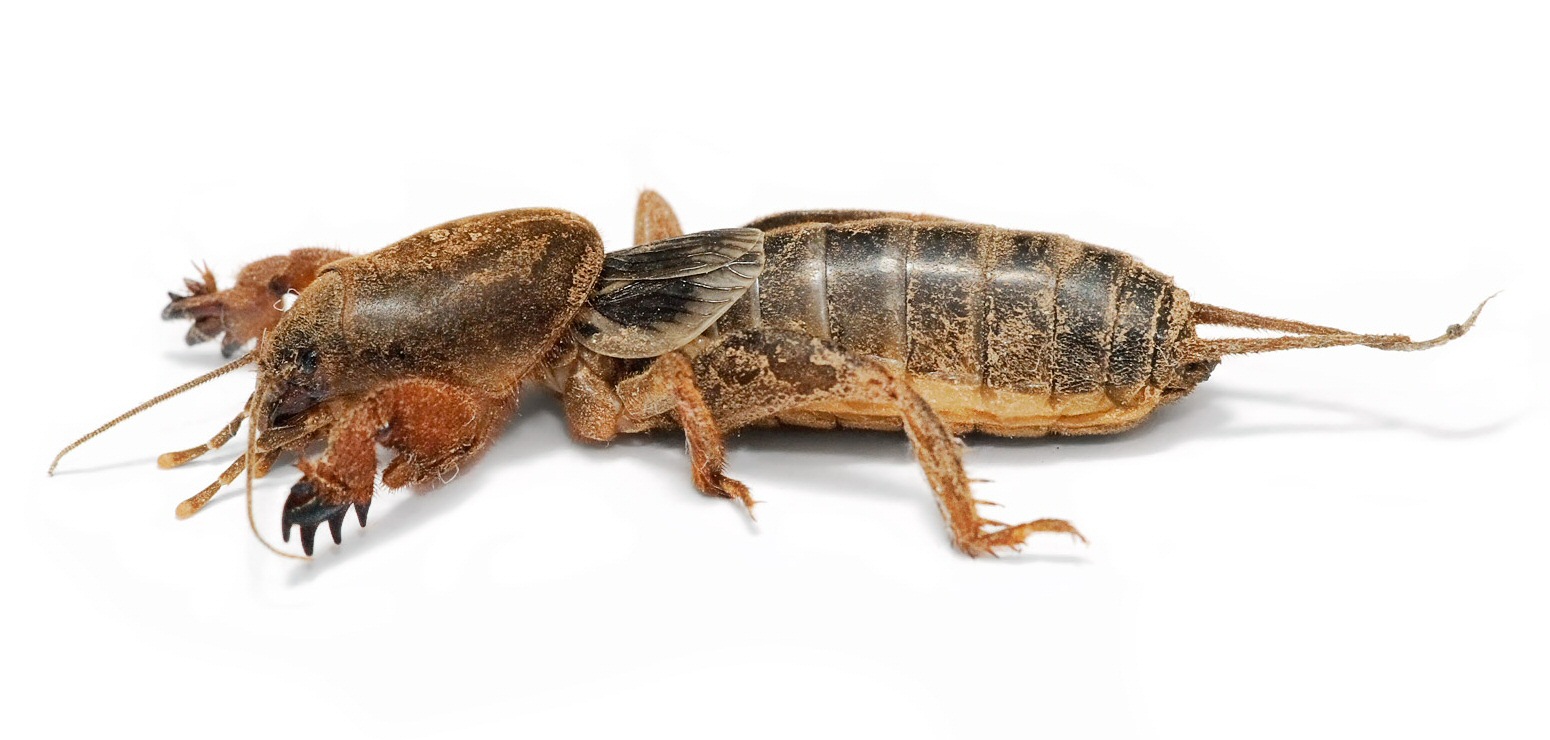|
Modestana
''Modestana'' is a genus of Palaearctic bush crickets in the tribe Platycleidini, erected by M. Beier in 1955. Species can be found in South-eastern Europe, with most records from Italy, the Balkans and Greece. Species The ''Orthoptera Species File'' lists the following accepted species: # '' Modestana ebneri'' (Ramme, 1926) # '' Modestana modesta'' (Fieber, 1853) - type species (as ''Platycleis ''Platycleis'' is a genus of bush crickets described by Fieber in 1853, belonging to the subfamily Tettigoniinae. The species of this genus are present in Europe, North Africa and temperate Asia. Biology Studies conducted in 2010 at the Univer ... modestus'' Fieber) Note: ''Modestana kraussi'' (Padewieth, 1900), the Croatian Meadow Bush-cricket, should now be placed in '' Bicolorana''. References External links * * {{taxonbar, from=Q13860053 Orthoptera of Europe Ensifera genera Tettigoniinae ... [...More Info...] [...Related Items...] OR: [Wikipedia] [Google] [Baidu] |
Platycleidini
The Tettigoniinae are a subfamily of bush crickets or katydids, which contains hundreds of species in about twelve tribes. Distribution The greatest diversity is in the Palaearctic region and many of the familiar European species of bush crickets (''e.g.'' in the genera '' Metrioptera, Pholidoptera, Platycleis'' and the type genus ''Tettigonia'') are in this subfamily. They are attributed to an ancient Gondwana fauna, which is reflected in the known distribution of the southern African genera, which are in turn related to Australian and North American genera in the tribe Nedubini (''e.g. Neduba'' and '' Aglaothorax''). Extant genera are native to: the Americas (where they may be called shield-backed katydids), Australia, southern Africa, Europe (especially Mediterranean), and the Near East. The faunas of the Neotropics and Australia are more closely related to one other than to those of southern Africa and Madagascar (in tribe Arytropteridini), although the three faunas are ... [...More Info...] [...Related Items...] OR: [Wikipedia] [Google] [Baidu] |
Palaearctic Realm
The Palearctic or Palaearctic is a biogeographic realm of the Earth, the largest of eight. Confined almost entirely to the Eastern Hemisphere, it stretches across Europe and Asia, north of the foothills of the Himalayas, and North Africa. The realm consists of several bioregions: the Mediterranean Basin; North Africa; North Arabia; Western, Central and East Asia. The Palaearctic realm also has numerous rivers and lakes, forming several freshwater ecoregions. Both the eastern and westernmost extremes of the Paleartic span into the Western Hemisphere, including Cape Dezhnyov in Chukotka Autonomous Okrug to the east and Iceland to the west. The term was first used in the 19th century, and is still in use as the basis for zoogeographic classification. History In an 1858 paper for the ''Proceedings of the Linnean Society'', British zoologist Philip Sclater first identified six terrestrial zoogeographic realms of the world: Palaearctic, Aethiopian/Afrotropic, Indian/Indomalayan, ... [...More Info...] [...Related Items...] OR: [Wikipedia] [Google] [Baidu] |
Tettigoniidae
Insects in the family (biology), family Tettigoniidae are commonly called katydids (especially in North America) or bush crickets. They have previously been known as "long-horned grasshoppers". More than 8,000 species are known. Part of the suborder Ensifera, the Tettigoniidae are the only extant (living) family in the superfamily Tettigonioidea. Many species are Nocturnality, nocturnal in habit, having strident mating calls and may exhibit mimicry or camouflage, commonly with shapes and colours similar to leaves.[] Etymology The family name Tettigoniidae is derived from the genus ''Tettigonia'', of which the Tettigonia viridissima, great green bush cricket is the type species; it was first described by Carl Linnaeus in 1758. In Latin ''tettigonia'' means a kind of small cicada, leafhopper; it is from the Greek τεττιγόνιον ''tettigonion'', the diminutive of the imitative (onomatopoeic) τέττιξ, ''tettix'', cicada. All of these names such as ''tettix'' with repeat ... [...More Info...] [...Related Items...] OR: [Wikipedia] [Google] [Baidu] |
Platycleis
''Platycleis'' is a genus of bush crickets described by Fieber in 1853, belonging to the subfamily Tettigoniinae. The species of this genus are present in Europe, North Africa and temperate Asia. Biology Studies conducted in 2010 at the University of Derby by Karim Vahed, Darren Parker and James Gilbert found that the tuberous bushcricket ('' Platycleis affinis'') has the largest testicles in proportion to body mass of any animal recorded. They account for 14% of the insect's body mass and are thought to enable a fast re-mating rate. '' Platycleis albopunctata'' is the grey bush cricket and occurs in the British Isles. Taxonomy Genus group ''Platycleis'' A number of Palaearctic genera are very similar, often including species that were originally placed here by Carl Brunner von Wattenwyl and others. They are now in a genus group and include: # '' Alticolana'' Zeuner, 1941 # '' Eumetrioptera'' Miram, 1935 # '' Incertana'' Zeuner, 1941 # ''Montana Montana ( ) is a landl ... [...More Info...] [...Related Items...] OR: [Wikipedia] [Google] [Baidu] |
Bicolorana
''Bicolorana'' is a genus of bush crickets in the subfamily Tettigoniinae and tribe Platycleidini. Species can be found in many parts of mainland Europe (but not the British Isles, Iberia or most of Scandinavia), through central Asia to the Korean peninsula. Species The ''Orthoptera Species File'' lists the following: #'' Bicolorana bicolor'' Philippi, 1830 - type species (as ''Locusta bicolor'' Philippi = ''Bicolorana bicolor bicolor'') #'' Bicolorana burri'' Uvarov, 1921 #'' Bicolorana kraussi'' (Padewieth, 1900), the Croatian Meadow Bush-cricket (synonym ''B. kuntzeni'' Ramme, 1931) Moved species Some sources may list species names that are now placed in the genus '' Roeseliana'': *"''Bicolorana ambitiosa''" *''B. bispina'' *''B. fedtschenkoi'' *''B. pylnovi'' *''B. roeselii'' (Roesel's bush cricket Roesel's bush-cricket, ''Roeseliana roeselii'' (synonym ''Metrioptera roeselii'') is a European Tettigoniidae, bush-cricket, named after August Johann Rösel von Rosenhof, a Ger ... [...More Info...] [...Related Items...] OR: [Wikipedia] [Google] [Baidu] |
Orthoptera Of Europe
Orthoptera () is an order of insects that comprises the grasshoppers, locusts, and crickets, including closely related insects, such as the bush crickets or katydids and wētā. The order is subdivided into two suborders: Caelifera – grasshoppers, locusts, and close relatives; and Ensifera – crickets and close relatives. More than 20,000 species are distributed worldwide. The insects in the order have incomplete metamorphosis, and produce sound (known as a "stridulation") by rubbing their wings against each other or their legs, the wings or legs containing rows of corrugated bumps. The tympanum, or ear, is located in the front tibia in crickets, mole crickets, and bush crickets or katydids, and on the first abdominal segment in the grasshoppers and locusts. These organisms use vibrations to locate other individuals. Grasshoppers and other orthopterans are able to fold their wings (i.e. they are members of Neoptera). Etymology The name is derived from the Greek meaning " ... [...More Info...] [...Related Items...] OR: [Wikipedia] [Google] [Baidu] |
Ensifera Genera
Ensifera is a suborder of insects that includes the various types of crickets and their allies, including true crickets, camel crickets, bush crickets or katydids, grigs, ''wētā'', and Cooloola monsters. This and the suborder Caelifera (grasshoppers and their allies) make up the order Orthoptera. Ensifera is believed to be a more ancient group than Caelifera, with its origins in the Carboniferous period, the split having occurred at the end of the Permian period. Unlike the Caelifera, the Ensifera contain numerous members that are partially carnivorous, feeding on other insects, as well as plants. ''Ensifer'' is Latin for "sword bearer", and refers to the typically elongated and blade-like ovipositor of the females. Characteristics Characteristics shared by the two orthopteran suborders, Caelifera and Ensifera, are the mouthparts adapted for biting and chewing, the modified prothorax, the hind legs modified for jumping, the wing shape and venation, and the sound-producing ... [...More Info...] [...Related Items...] OR: [Wikipedia] [Google] [Baidu] |



